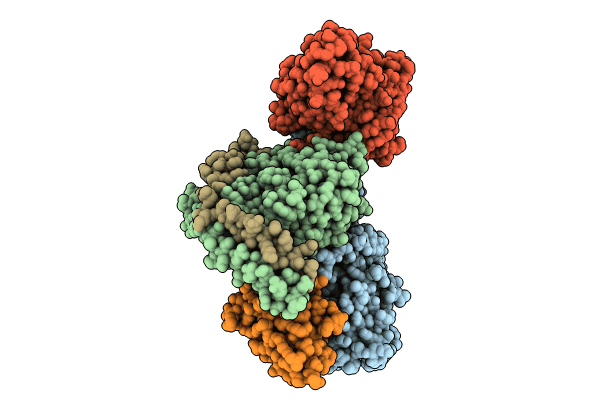
Deposition Date
2024-06-22
Release Date
2024-08-21
Last Version Date
2025-07-23
Entry Detail
PDB ID:
9IJD
Keywords:
Title:
Carazolol-activated human beta3 adrenergic receptor
Biological Source:
Source Organism:
Rattus norvegicus (Taxon ID: 10116)
Lama glama (Taxon ID: 9844)
Homo sapiens (Taxon ID: 9606)
Bos taurus (Taxon ID: 9913)
Lama glama (Taxon ID: 9844)
Homo sapiens (Taxon ID: 9606)
Bos taurus (Taxon ID: 9913)
Host Organism:
Method Details:
Experimental Method:
Resolution:
2.76 Å
Aggregation State:
PARTICLE
Reconstruction Method:
SINGLE PARTICLE


